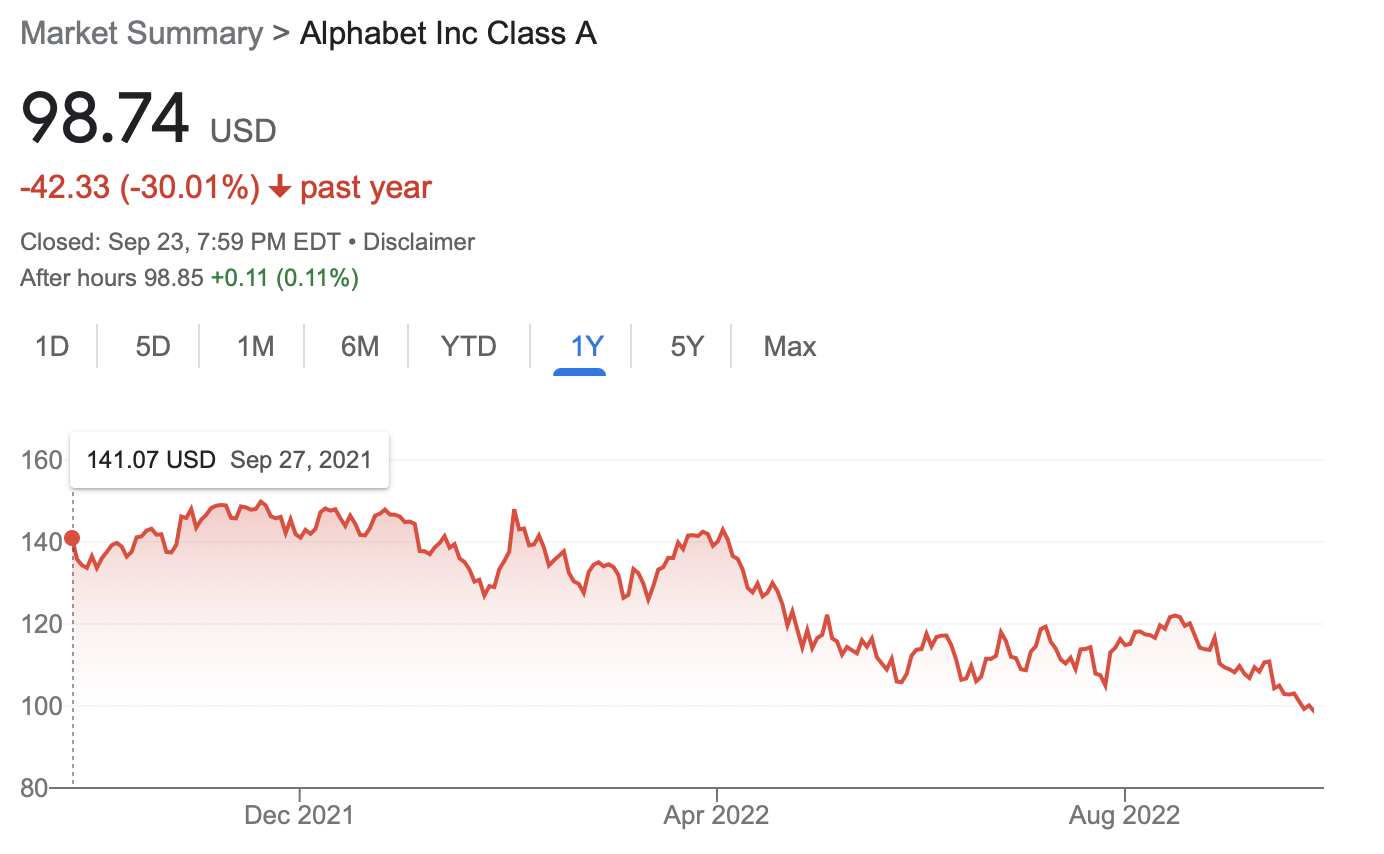Lecture 12: Maximization
COSC 311 Algorithms, Fall 2022
$ \def\compare{ {\mathrm{compare}} } \def\swap{ {\mathrm{swap}} } \def\sort{ {\mathrm{sort}} } \def\insert{ {\mathrm{insert}} } \def\true{ {\mathrm{true}} } \def\false{ {\mathrm{false}} } \def\BubbleSort{ {\mathrm{BubbleSort}} } \def\SelectionSort{ {\mathrm{SelectionSort}} } \def\Merge{ {\mathrm{Merge}} } \def\MergeSort{ {\mathrm{MergeSort}} } \def\QuickSort{ {\mathrm{QuickSort}} } \def\Split{ {\mathrm{Split}} } \def\Multiply{ {\mathrm{Multiply}} } \def\Add{ {\mathrm{Add}} } $
Overview
- Recurring Recurrences
- Maximizing Profit
Last Time
The “Master Theorem”
-
Given recurrence $T(n) = a T(n / b) + f(n)$
-
Define $c = \log_b a$
-
Three cases:
- If $f(n) = O(n^d)$ for $d < c$ then $T(n) = O(n^c)$
- If $f(n) = \Theta(n^c \log^k n)$ then $T(n) = O(n^c \log^{k+1} n)$
- If $f(n) = \Omega(n^d)$ for $d > c$, then $T(n) = O(f(n))$
A Technical Note
In formal statement we have
- $T(n) = a T(n / b) + f(n)$
In practice, might have
- $T(n) = a T(\lceil n / b \rceil) + f(n)$
The conclusion of the theorem still holds in this case!
Master Theorem for Binary Search
$T(n) = a T(n / b) + f(n)$
BinarySearch(a, val, i, j):
if j = i then return false
if j - i = 1 then return (a[i] = val)
m <- (j + i) / 2
if a[m] > val then
return BinarySearch(a, val, i, m)
else
return BinarySearch(a, val, m, j)
endif
Master Theorem for MergeSort
$T(n) = a T(n / b) + f(n)$
MergeSort(a, i, j):
if j - i = 1 then
return
endif
m <- (i + j) / 2
MergeSort(a,i,m)
MergeSort(a,m,j)
Merge(a,i,m,j)
Profit Maximization

Goal. Pick day $b$ to buy and day $s$ to sell to maximize profit.
Formalizing the Problem
Input. Array $a$ of size $n$
- $a[i] = $ price of Alphabet stock on day $i$
Output. Indices $b$ (buy) and $s$ (sell) with $1 \leq b \leq s \leq n$ that maximize profit
- $p = a[s] - a[b]$
Simple Procedure
Devise a procedure to determine max profit in time $O(n^2)$.
Divide and Conquer?
Question. Can we compute maximum profit faster?
- Use divide an conquer?
Maximum Profit via D&C?

Three Cases
Array $a$ of size $n$, midpoint $m = n / 2$
- Maximum profit in left half: $b, s < n / 2$
- Maximum profit in right half: $n/2 \leq b, s$
- Maximum profit splits the halves: $b < n/2 \leq s$
Algorithmic Approach
- Find maximum profit in left half
- get value from recursive method call
- Find maximum profit in right half
- get value from recursive method call
- Find maximum profit for split halves
- how?
Observation
To find the maximum profit for split halves:
- find the lowest price $a[b]$ for $b < n/2$
- find the highest price $a[s]$ for $s \geq n/2$
Maximum profit is $a[s] - a[b]$.
Maximization Pseudocode
# find maximum profit achievable for b, s
# satisfying i <= b <= s < j
MaxProfit(a, i, j):
if j - i = 1 then return 0
m <- (i + j) / 2
left <- MaxProfit(a, i, m)
right <- MaxProfit(a, m, j)
min <- FindMin(a, i, m)
max <- FindMax(a, m, j)
return Max(left, right, max - min)
Example
MaxProfit([1, 3, 2, 4], 1, 5)
Algorithm Correctness
Claim. MaxProfit(a, i, j) returns the maximum value of $a[s] - a[b]$ over all $s, b$ satisfying $i \leq b \leq s < j$.
Proof. Argue by induction on $n = j - i =$ size of the call.
MaxProfit(a, i, j):
if j - i = 1 then return 0
...
Base case. $n = 1$.
Inductive Step I
MaxProfit(a, i, j):
...
left <- MaxProfit(a, i, m), right <- MaxProfit(a, m, j)
min <- FindMin(a, i, m), max <- FindMax(a, m, j)
return Max(left, right, max - min)
Claim. MaxProfit(a, i, j) returns the maximum value of $a[s] - a[b]$ over all $s, b$ satisfying $i \leq b \leq s < j$.
Three possible cases…
Inductive Step II
MaxProfit(a, i, j):
...
left <- MaxProfit(a, i, m), right <- MaxProfit(a, m, j)
min <- FindMin(a, i, m), max <- FindMax(a, m, j)
return Max(left, right, max - min)
Claim. MaxProfit(a, i, j) returns the maximum value of $a[s] - a[b]$ over all $s, b$ satisfying $i \leq b \leq s < j$.
Inductive hypothesis. Claim holds for all sizes $< n$.
Inductive step. Must show claim holds for size $n$.
- IH $\implies$
leftis max profit ina[i..m-1] - IH $\implies$
rightis max profit ina[m..j-1] -
max - minis max profit with $b < m \leq s$
Running Time Rercurrence?
$T(n) = a T(n / b) + f(n)$
# find maximum profit achievable for b, s
# satisfying i <= b <= s < j
MaxProfit(a, i, j):
if j - i = 1 then return 0
m <- (i + j) / 2
left <- MaxProfit(a, i, m)
right <- MaxProfit(a, m, j)
min <- FindMin(a, i, m)
max <- FindMax(a, m, j)
return Max(left, right, max - min)
Applying Master Theorem
-
Given recurrence $T(n) = a T(n / b) + f(n)$
-
Define $c = \log_b a$
-
Three cases:
- If $f(n) = O(n^d)$ for $d < c$ then $T(n) = O(n^c)$
- If $f(n) = \Theta(n^c \log^k n)$ then $T(n) = O(n^c \log^{k+1} n)$
- If $f(n) = \Omega(n^d)$ for $d > c$, then $T(n) = O(f(n))$
Exercise
Modify the code to return the indices b and s that maximize profit.
# find maximum profit achievable for b, s
# satisfying i <= b <= s < j
MaxProfit(a, i, j):
if j - i = 1 then return 0
m <- (i + j) / 2
left <- MaxProfit(a, i, m)
right <- MaxProfit(a, m, j)
min <- FindMin(a, i, m)
max <- FindMax(a, m, j)
return Max(left, right, max - min)